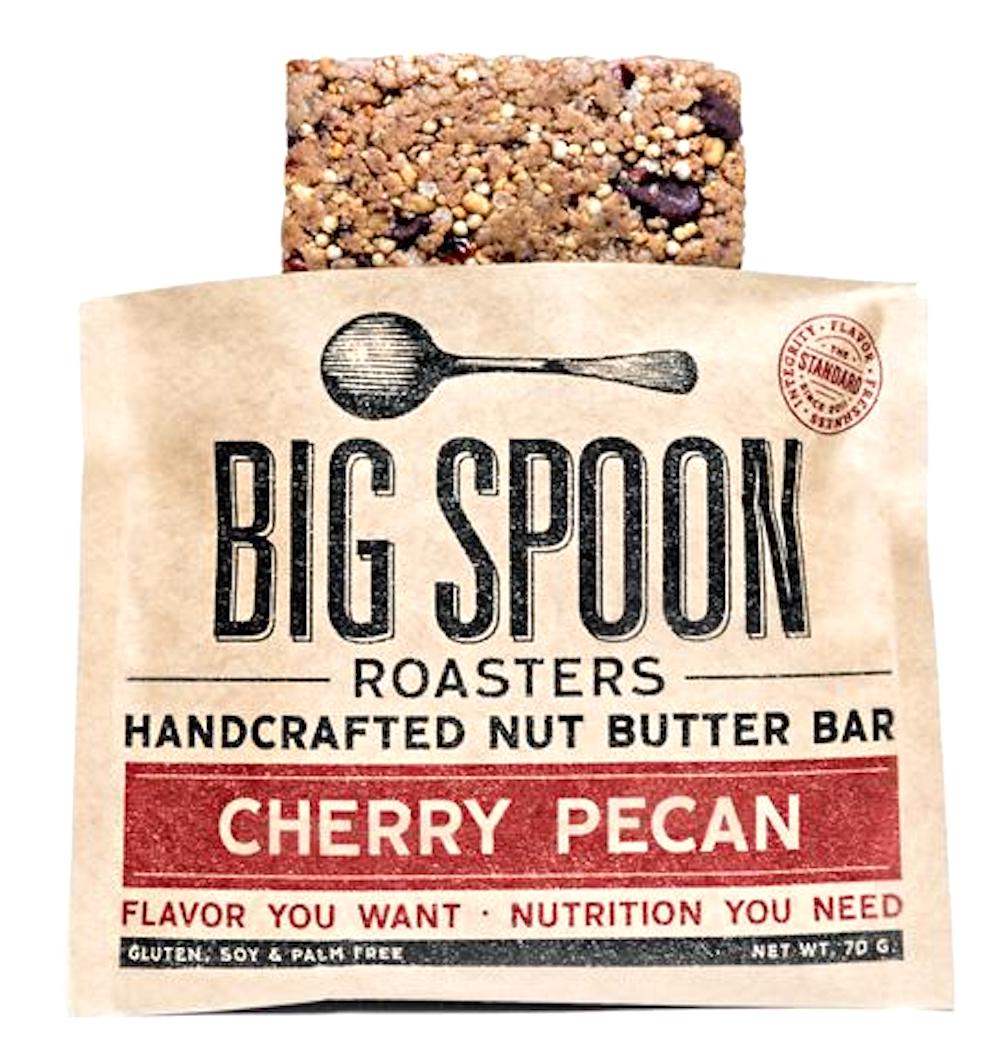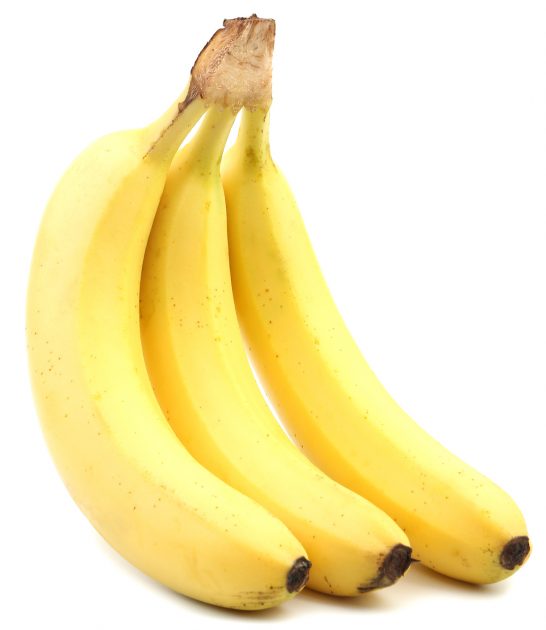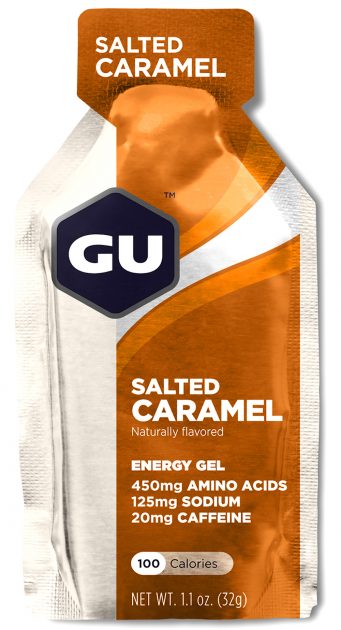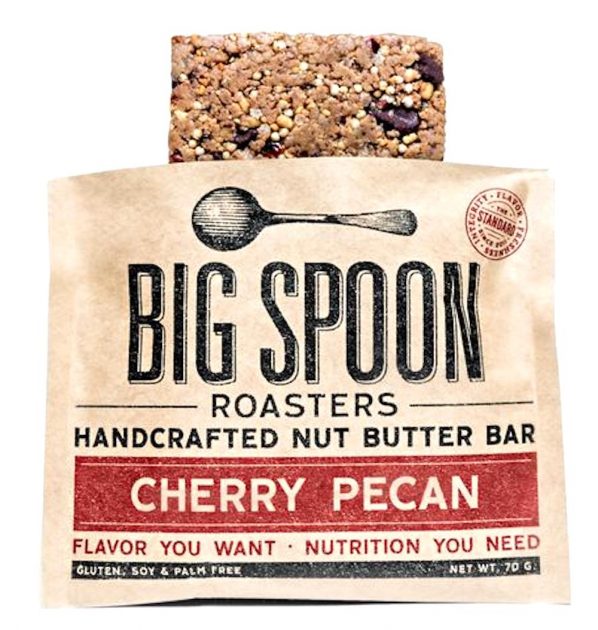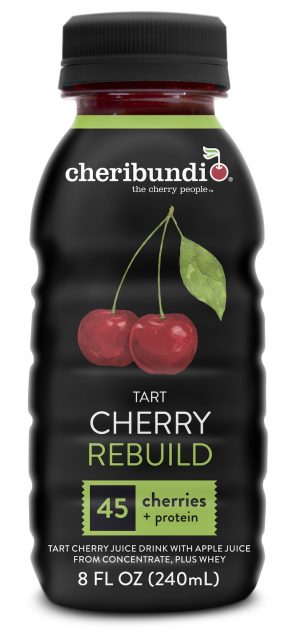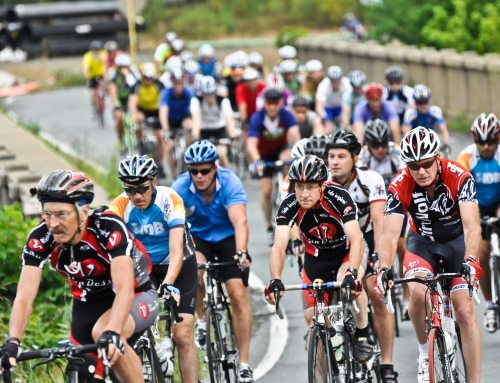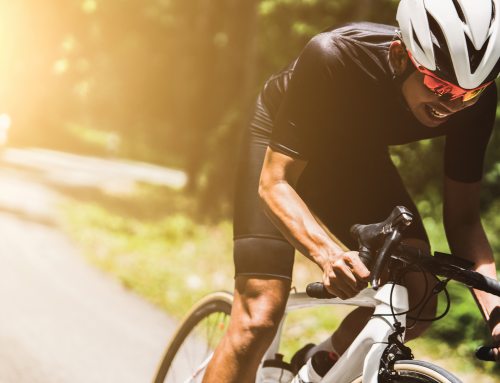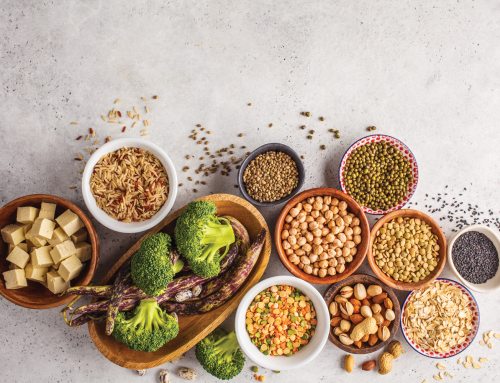Ashley Acornley, MS, RD, CSSD, LDN
The weather is getting warmer and the days are getting longer, the perfect scenario for long cycling training sessions and events! Although it may easily be overlooked, it is very important to consume adequate fuel before, during, and after cycling sessions that last longer than 1 hour. When planning your fueling regimen, it is best to find what works best for you over time, and do not try anything new on race day! Luckily, cycling doesn’t involve much jostling of the GI tract, so it is easier to tolerate foods while on the bike. Beware of “taste fatigue” that can occur after biking a longer distance, so plan ahead to reduce eating the same items over and over again. Below are some fueling tips for adequate energy and recovery during cycling season.
Fueling Before Exercise
In order to adequately fuel your body before a long exercise session, it is best to consume food and fluids up to 4 hours prior to the event. This window of opportunity allows a person to “top off” your glycogen stores. During this time, it is recommended to consume between 1-4g/kg of carbohydrates (typically 50-200g CHO).
- 3 hours = 150g carbohydrates
- 1 cup oatmeal with 2 Tbsp. honey, 6 oz. yogurt, large banana, 2 Tbsp. raisins, 4 ounces OJ
- 4 oz. bagel, 2 Tbsp. PB, 3 Tbsp. jam, 12 ounces apple juice
- 1.5-2 hours = 50-75g carbohydrates
- 24 ounces sport drink and 1 Gu
- ½ cup cereal with 1 cup low-fat milk and 1 sliced banana
- 30 min- 1 hour = 20-30g carbohydrates
- Gu, sport beans, energy bar, sports drin
Fueling During Exercise
For events lasting over 1 hour, it is important to bring something portable and easy to consume on the bike that is rich in easily-digestible carbohydrates, and low in protein and fat. Carbohydrates are responsible for providing pure energy to continue cycling without experiencing bonking or sluggishness. It is recommended to consume 30-60g carbohydrates per hour of training (120-240 calories). Individual intakes should be adapted to athletes’ circumstances. Consumption of liquids, solids, sports supplements, or a combination of all is advised (depending on individual preferences).
Cycle friendly snacks:
- Applesauce pouches
- Rice cakes
- PB/Jelly
- Baked potato
- Dried fruit
- Pretzels/Crackers/Graham Crackers/Fig Newtons
- Bananas
- Pop-tarts
- Energy bars
- Supplements: sports drinks, sport beans, Gu, Shot Bloks
Fueling After Exercise (Recovery)
The ideal “window of opportunity” involves consuming a carb and protein rich snack or meal within 60 minutes after activity ends. It is recommended to consume a 3:1 or 4:1 carbohydrate to protein ratio in order to replenish glycogen stores and repair muscles. Simple sugars immediately post-workout work best, followed by a well-balanced meal 2 hours post-workout. This will help aid in recovering the muscles, reducing inflammation, and boosting immunity.
Recovery snacks and beverages:
- 8 oz. Low-fat chocolate milk (158 kcal, 26g CHO, 8g Pro)
- 2 scoops Hammer Recoverite (170 kcal, 32g CHO, 10g Pro)
- 8 oz. CheriBundi Protein (160 kcal, 30g CHO, 8g Pro)
- reGen (200 kcal, 35g CHO, 11g Pro)
- Greek yogurt + fruit smoothie
- Banana with PB and 8 oz. milk
- Trail mix- almonds, walnuts, dried cherries
# # #
Ashley Acornley, MS, RD, LDN is sports dietitian at Triangle Nutrition Therapy Inc She has an undergraduate degree in Kinesiology and a Masters degree in nutrition. IN addition to being a Sports Dietitian, she is also a Personal Trainer. She teaches competitive athletes ways to fuel and hydrate to optimize sports performance and maximize health


